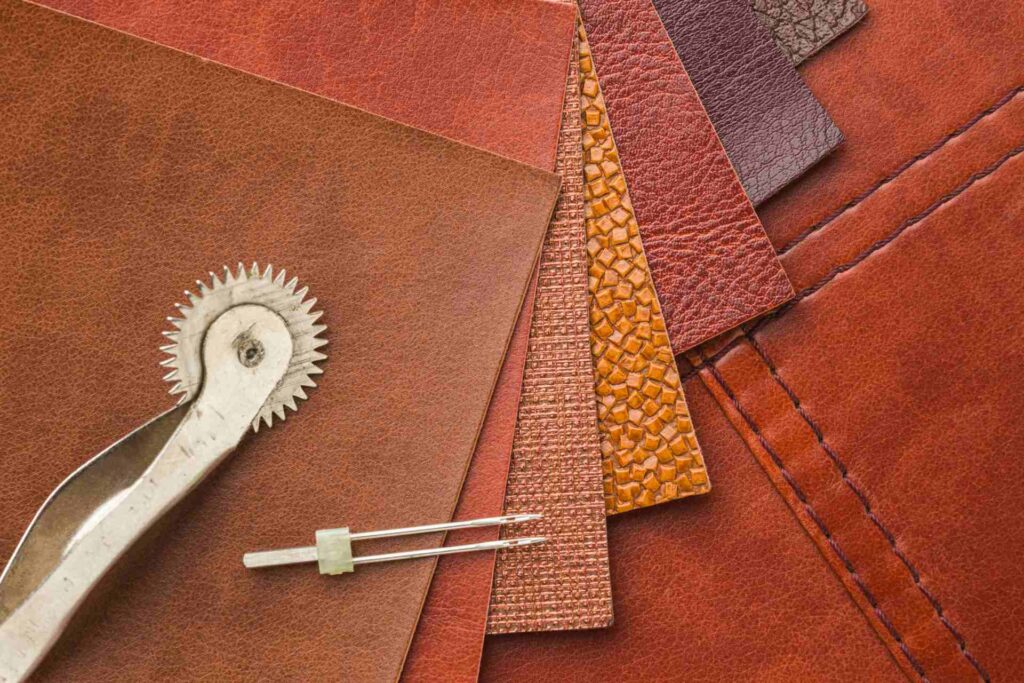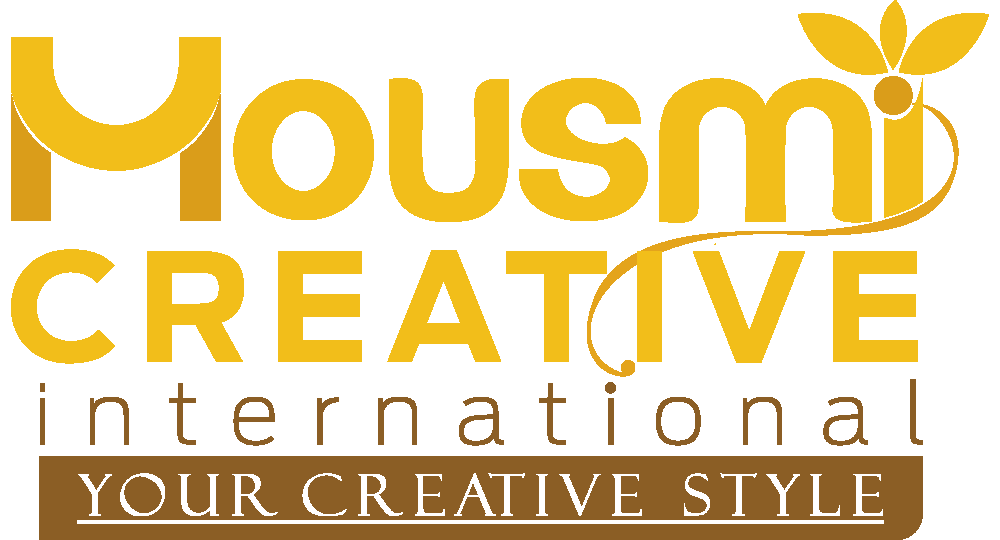With the growing awareness of environmental issues and ethical considerations, vegan leather has gained significant popularity as an alternative to traditional animal-derived leather. But what exactly is vegan leather, and is it truly sustainable? In this article, we will explore the concept of vegan leather, its various types, production methods, and the sustainability factors associated with its manufacturing and use.
Understanding Vegan Leather:
Vegan leather, also known as faux leather or synthetic leather, is a man-made material designed to imitate the appearance and texture of animal leather without using any animal products. It is created using a range of synthetic or plant-based materials, offering an alternative for those seeking cruelty-free and environmentally friendly options.
Types of Vegan Leather:

Vegan leather can be classified into different types based on the materials used in its production.
Some common types include:
a) Polyurethane (PU) Leather: This type of vegan leather is made by coating a fabric base, typically polyester or cotton, with a layer of polyurethane. PU leather is known for its durability, water resistance, and affordability.
b) Polyvinyl Chloride (PVC) Leather: PVC leather is made by applying a layer of PVC to a fabric base. While it offers similar properties to PU leather, PVC has raised concerns due to its environmental impact and toxicity during production.
c) Piñatex: Piñatex is a plant-based vegan leather alternative made from pineapple leaf fibers. It is known for its natural and sustainable properties, as it utilizes a byproduct of the pineapple industry.
d) Cork Leather: Cork leather is derived from the bark of cork oak trees. It is lightweight, water-resistant, and known for its unique texture and sustainability credentials.
Vegan Leather Production Process and Impact:
The production of vegan leather involves a range of processes, some of which have environmental implications. Synthetic materials like PU and PVC leather require chemical treatments and additives, which can have adverse effects on the environment. However, advancements are being made to reduce the environmental impact of synthetic leather production by adopting more eco-friendly practices and materials.
On the other hand, plant-based vegan leathers like Piñatex and cork leather generally have a lower environmental impact. They utilize renewable resources and often involve less chemical processing, making them more sustainable alternatives to traditional leather.
Durability and Longevity:
One aspect of sustainability is the durability and longevity of a material. Vegan leather, when well-made, can be durable and long-lasting. However, the lifespan of faux leather products can vary depending on factors such as quality, care, and usage. Investing in high-quality faux leather products and practicing proper maintenance can contribute to their longevity and reduce the need for frequent replacements.
Biodegradability and End-of-Life Considerations:
Another sustainability aspect to consider is the biodegradability of vegan leather. Faux leathers, such as PU and PVC, are not readily biodegradable and can persist in the environment for a long time. However, plant-based alternatives like Piñatex and cork leather offer better biodegradability and can break down naturally over time, reducing their impact on landfills.
Ethical Considerations:
One of the primary reasons individuals opt for faux leather is the ethical aspect. Traditional OEM leather manufacturer involves the use of animal hides, raising concerns about animal welfare and the environmental impact of the meat industry. faux leather provides an ethical alternative that avoids the use of animal products, aligning with the values of those seeking cruelty-free options.
Innovation and Future Developments:
The quest for more sustainable materials has led to ongoing research and innovation in the feather leather industry. Scientists and designers are exploring alternative sources and manufacturing techniques to enhance the sustainability of faux leather. This includes experimenting with materials like mushroom leather, apple leather, and even lab-grown leather.
Conclusion:
Vegan leather offers a cruelty-free and environmentally conscious alternative to traditional animal-derived leather. While there are various types of feather leather available, the sustainability of each type depends on factors such as production methods, materials used, durability, and end-of-life considerations. As the demand for sustainable alternatives continues to rise, the faux leather industry is witnessing advancements in eco-friendly production practices and the exploration of innovative materials. By understanding the nuances of leather and making informed choices, individuals can contribute to a more sustainable and compassionate fashion industry.


